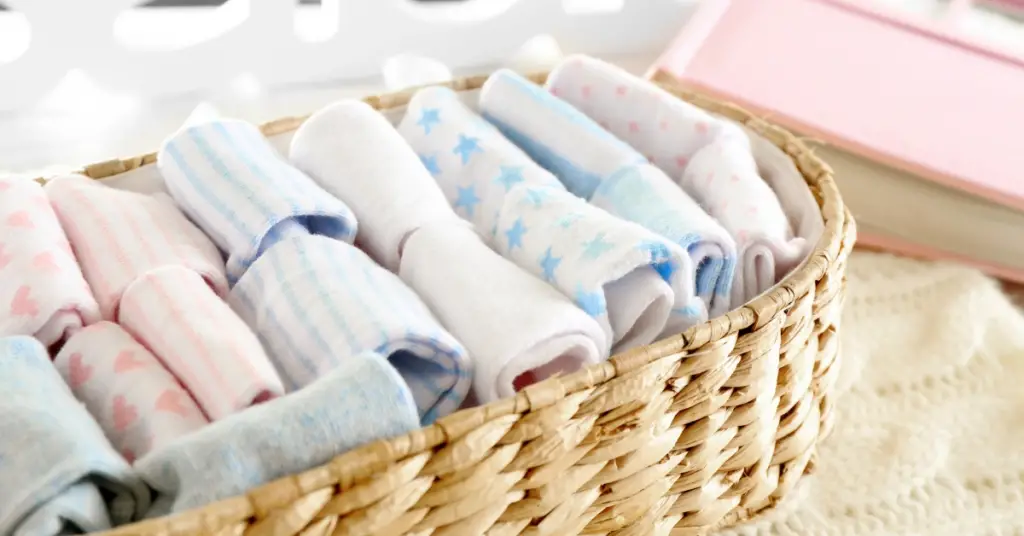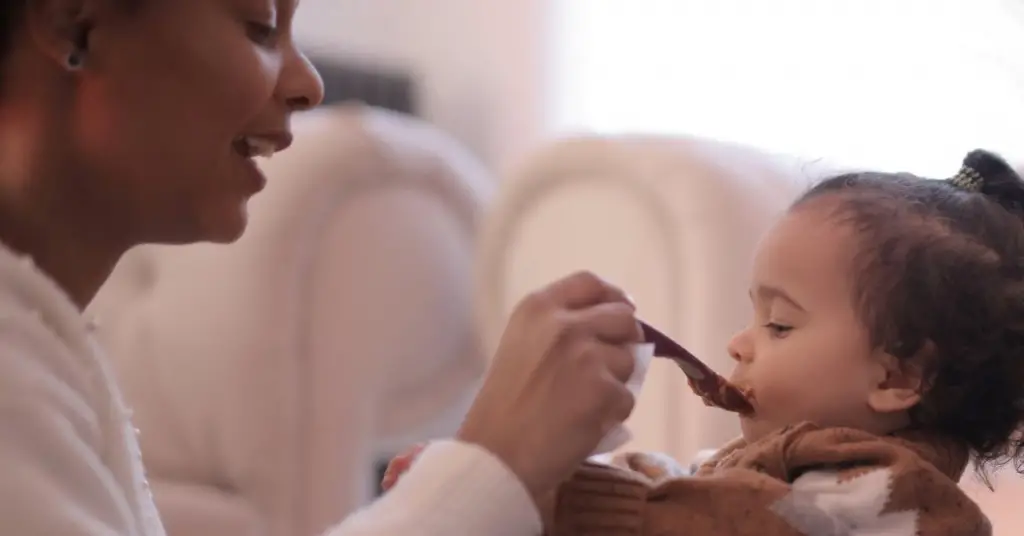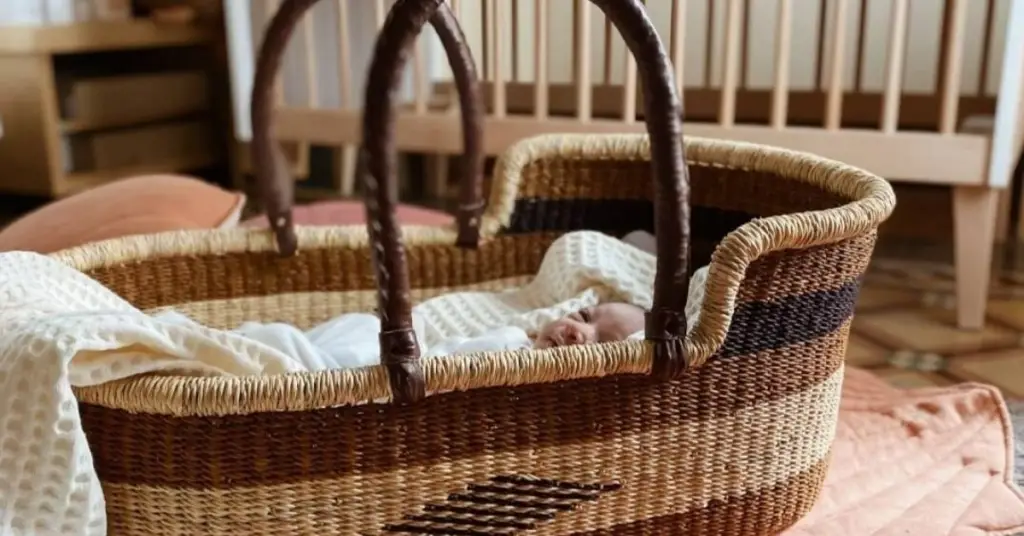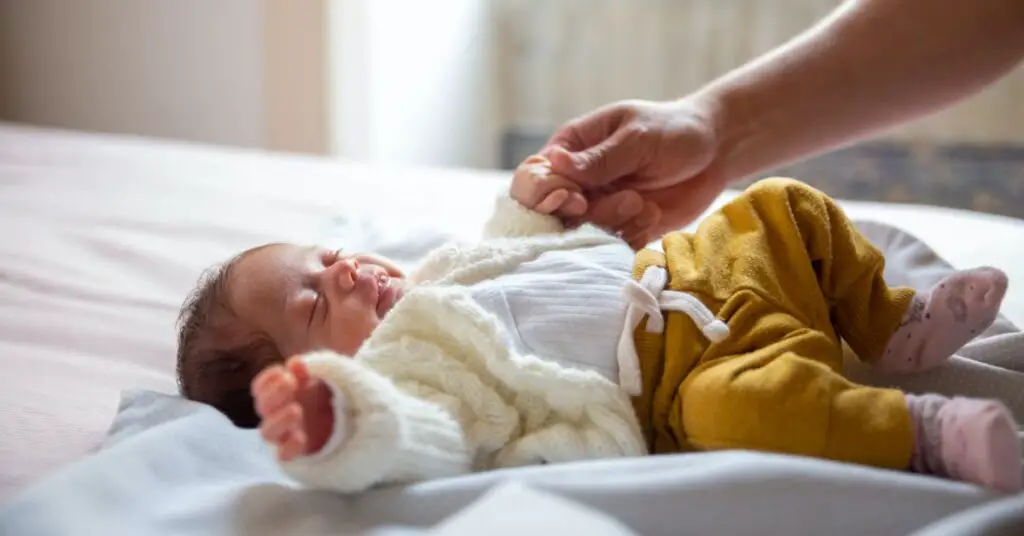Wondering if it’s safe to use used baby bottles? We’ll help you decide and show you how to sterilize and replace any worn parts.
The products mentioned on this page were independently selected by Babycious editors. As an Amazon Associate, Babycious may earn a commission from qualifying purchases.
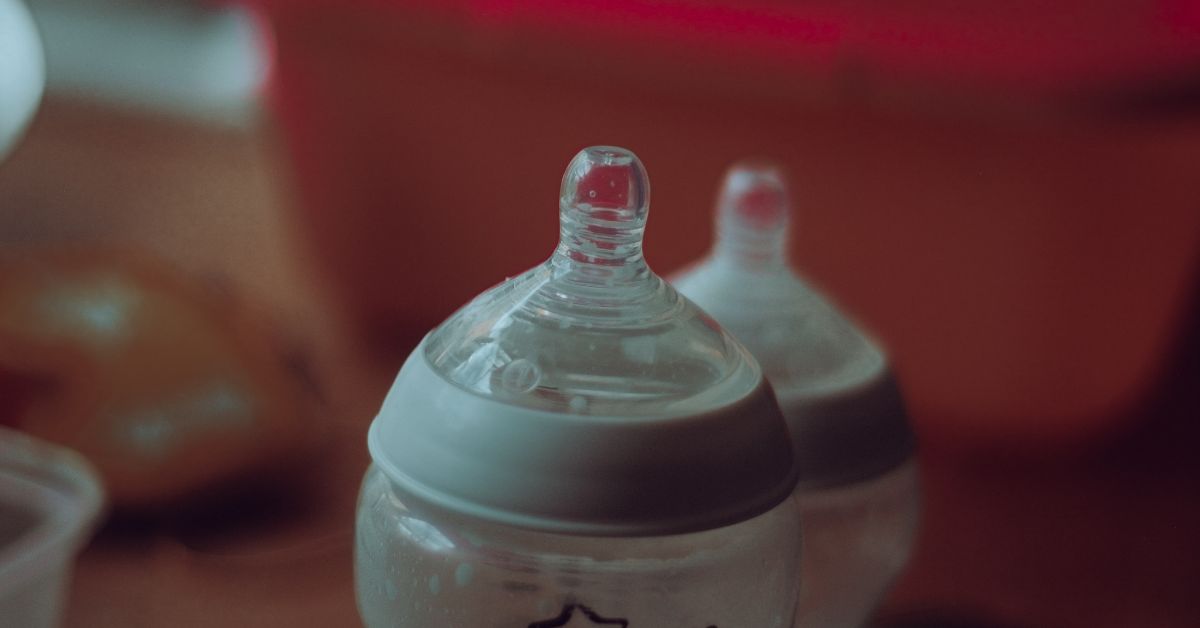
Photo by Jaye Haych on Unsplash
As new parents, you can get offered many used baby items from family and friends. Baby bottles are a controversial item when it comes to using them secondhand. Some parents feel perfectly comfortable doing so, while others prefer to only use new bottles. Although they are not very expensive, it would be such a waste if everyone was to discard their baby bottles especially when they are in a good condition. So, are used baby bottles safe?
Used baby bottles are safe to use as long as they are BPA-free and in a good condition. This means that you need to check for some key things such as material, scratches, and color before using them. If they pass the test, the next step is to sterilize the bottles and replace the silicone parts that can get chewed on and tend to show wear and tear easily.
In what follows, we will go in-depth about inspecting the used baby bottles, the methods of sterilization, and what parts need to be replaced, so you can safely reuse them and save some money for other things.
How Can You Tell if A Used Baby Bottle Is Safe to Use?
When you are shopping for a used baby bottle or if you have just received some hand-me-downs from family or friends, it is important to inspect each used baby bottle carefully to ensure that it is safe to use. Here are the main things that you need to look out for in a used baby bottle.
The Used Baby Bottle Should Be BPA Free
The good news is that most baby bottles on the market today are made of BPA-free materials. But it’s still worth asking if they are BPA-free because the older the bottles are, the higher the chance they are not BPA-free. If you’re unsure, it is best to just avoid using them.
If the used baby bottles are made of glass or stainless steel, they are good to go! These are the safest materials for baby bottles and you don’t need to check for this specifically, or for any of the next points in this inspection section, just go straight to the sterilization process.
The Used Baby Bottle Should Not Have Any Scratches or Wear and Tear
If there are any little scratches on the inside of the baby bottle, it means that bacteria and germs can build up there and cause your baby to get sick. The same goes for any wear and tear on the outside of the bottle, such as cracks or chips. If you see any of these, it is best to just avoid using the bottle. If the coating on the inside of the bottle is worn away, it could harbor germs or leach chemicals into your baby’s milk.
If you can’t see any scratches on the baby bottle, you still need to check the bottle after you sterilize it. If the way the water sits after sterilization makes it look like there are lines on the inside, that is a sign of micro-scratches.
No Yellowing or Moldy Smell on The Used Baby Bottle
Finally, you should also do a smell test on the bottle to make sure that there is no mold present. The plastic of the baby bottle should still be clear and not yellowed. If you can’t tell, it is best to just avoid using the bottle.
If you notice any of these safety concerns, it is best to choose a different bottle for your baby. If the used baby bottle passes all of these safety inspection steps, then you can move on to the cleaning and sterilization process.
How Can You Clean and Sterilize a Used Baby Bottle
Before you can start using a baby bottle, you need to make sure that it is clean and sterilized. There are a few different ways that you can clean and sterilize a baby bottle. Let’s go over the most common and effective ways to do that.
Cleaning the Baby Bottles
The first way to clean the bottles is to do it by hand. Use a bottle brush to scrub the inside of the bottle with hot, soapy water.
If you are using a dishwasher, make sure to run it on the hottest setting. If your dishwasher has bottle jets, you can put your used bottles there to get them extra clean. Otherwise, just put them on the top rack. You can also check our guide on how to wash your baby bottles in the dishwasher.
Sterilizing the Bottles
Once the bottles are clean, you will need to sterilize them before you put any milk or drinking water in them.
This can be done by boiling the bottle for 5 minutes or using the sanitize cycle in your dishwasher.
What Parts of The Used Baby Bottle Should You Replace
If there is one thing you should not feel sorry for discarding, it would be the bottle nipples and any silicone parts possible.
The bottle nipples, especially, are often permeable and they tend to wear out quickly. If you are using a dishwasher, the high temperatures may help to sanitize them but this is not a guarantee that they will become sterile for your baby to use them safely. The silicone on the nipples degrades over time when chewed on and sucked.
As a rule of thumb, you should be replacing your bottle nipples every three months to ensure that your baby doesn’t ingest bits of silicone.
Another issue with used bottle nipples is that the hole size can change so the flow that your baby needs can be too much. It’s also important to note that bottle nipples come in different sizes that deliver different flows. The size you need will depend on your baby’s age, so it is important to get the right ones.
Other Ways to Save Money on Baby Bottles
Any parent knows that babies need a lot of supplies, and those supplies can quickly add up. One of the biggest expenses is baby bottles. However, there are a few ways to save money on bottles.
One way is to buy them in bulk. Many retailers offer discounts when you purchase multiple bottles at once. Another way to save money is to look for coupons and special offers. Many manufacturers offer coupons on their websites or in parenting magazines.
Finally, don’t be afraid to ask for hand-me-downs. Bottles only need to be used for a few months, so many families are happy to pass them on to someone else once they’re finished with them.
Final Thoughts
Reusing baby bottles is a good way to save on money and do a nice thing for the environment. However, it is important to take some safety precautions when doing so. Inspect the bottles for any damage, make sure they are clean and sterilized, and replace any parts that are worn out, especially the bottle nipples. With a little bit of care, you can reuse baby bottles without any problems.
The purpose of this article is informative and educational only. It’s not a substitute for medical consultation or medical care. We do not accept any responsibility for any liability, loss, or risk, personal or otherwise, incurred as a consequence, directly or indirectly, from any information or advice contained here. Babycious may earn compensation from affiliate links in this content.
